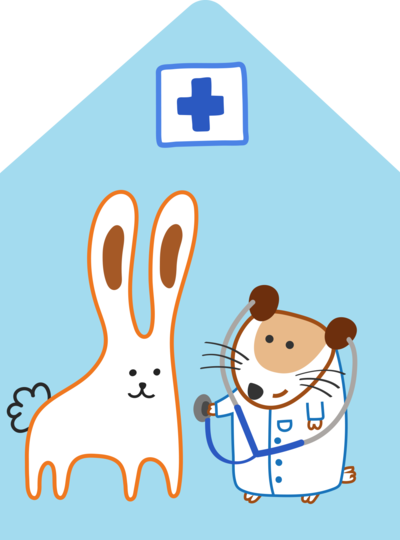The number of registered
animals is growing every day
Przychodnia Weterynaryjna Aleksander Gierek
 Polska
Polska
Śląskie
Katowice
40-748
Grota Roweckiego
63
- - -
10:00
19:00


Właścicielem Przychodni jest dr Aleksander Gierek. W 1996 roku ukończył z wyróżnieniem Wydział Medycyny Weterynaryjnej we Wrocławiu. Po studiach rozpoczął pracę w Klinice Chirurgii Weterynaryjnej, gdzie uzyskał tytuł doktora nauk weterynaryjnych oraz tytuł specjalisty w zakresie chirurgii małych zwierząt. Od 2002 roku prowadzi własną przychodnię w Katowicach.
Wszyscy pracownicy Przychodni podchodzą z sercem i zaangażowaniem do problemów naszych pacjentów.
Zapewniamy naszym podopiecznym kompleksową opiekę na najwyższym poziomie.
Wyposażenie naszej Przychodni pozwala nam prowadzić kompleksową diagnostykę w zakresie chirurgii, chorób wewnętrznych, okulistyki, dermatologii i onkologii weterynaryjnej.



Marking animals with a microchip is the most durable, effective and completely safe method of quick and reliable identification. Every transponder (chip) has a unique number which enables instant identification of the animal and its owner, helping them reunite faster. However, it is important to remember that a chip is just a transponder with an encoded number. It is not a tracking device and contains no data about the animal or the owner! Therefore, in order to identify a chipped dog or cat, it is necessary that a microchip be registered in a national marked animal database...
Read moreIn today's world, responsibility for animal care has become not only a priority for their owners but also a societal issue. One of the most important tools in ensuring animal safety is the chip database. It allows for the quick and efficient recovery of lost pets, which is crucial for protecting their health and well-being.
The introduction of microchipping has significantly improved the effectiveness of efforts to locate lost animals, reducing stress for both owners and their four-legged friends. Registration in the chip database is increasingly required by local regulations, further highlighting the importance of this technology in ensuring comprehensive care for animals.